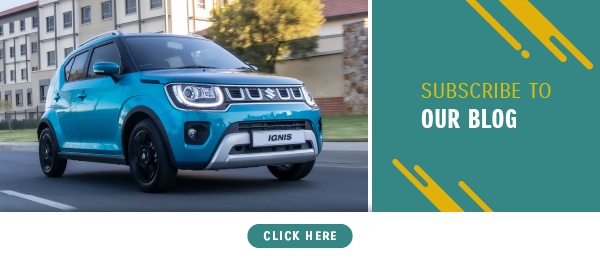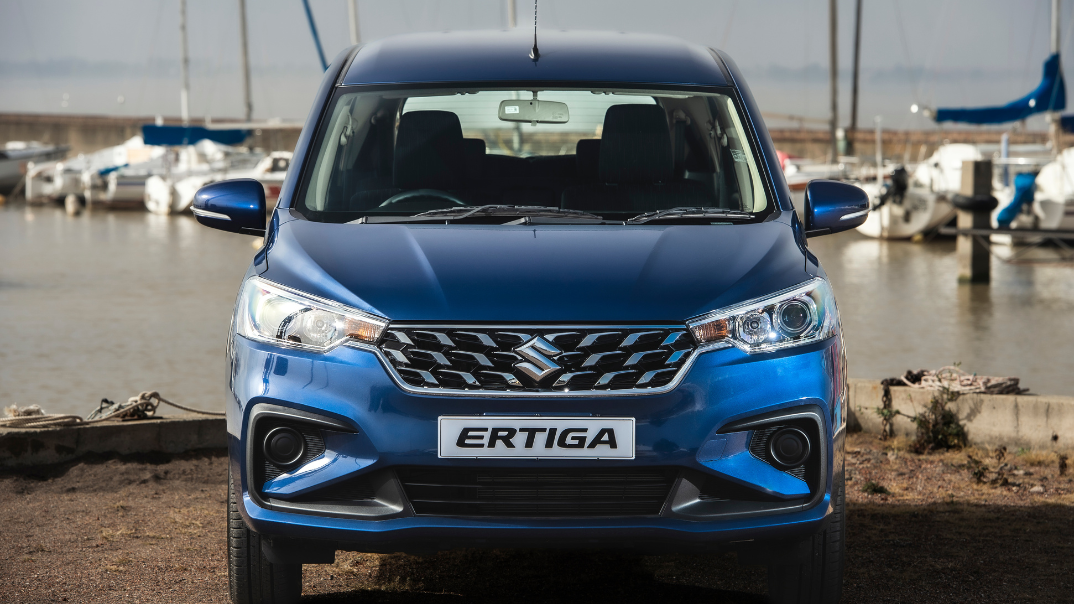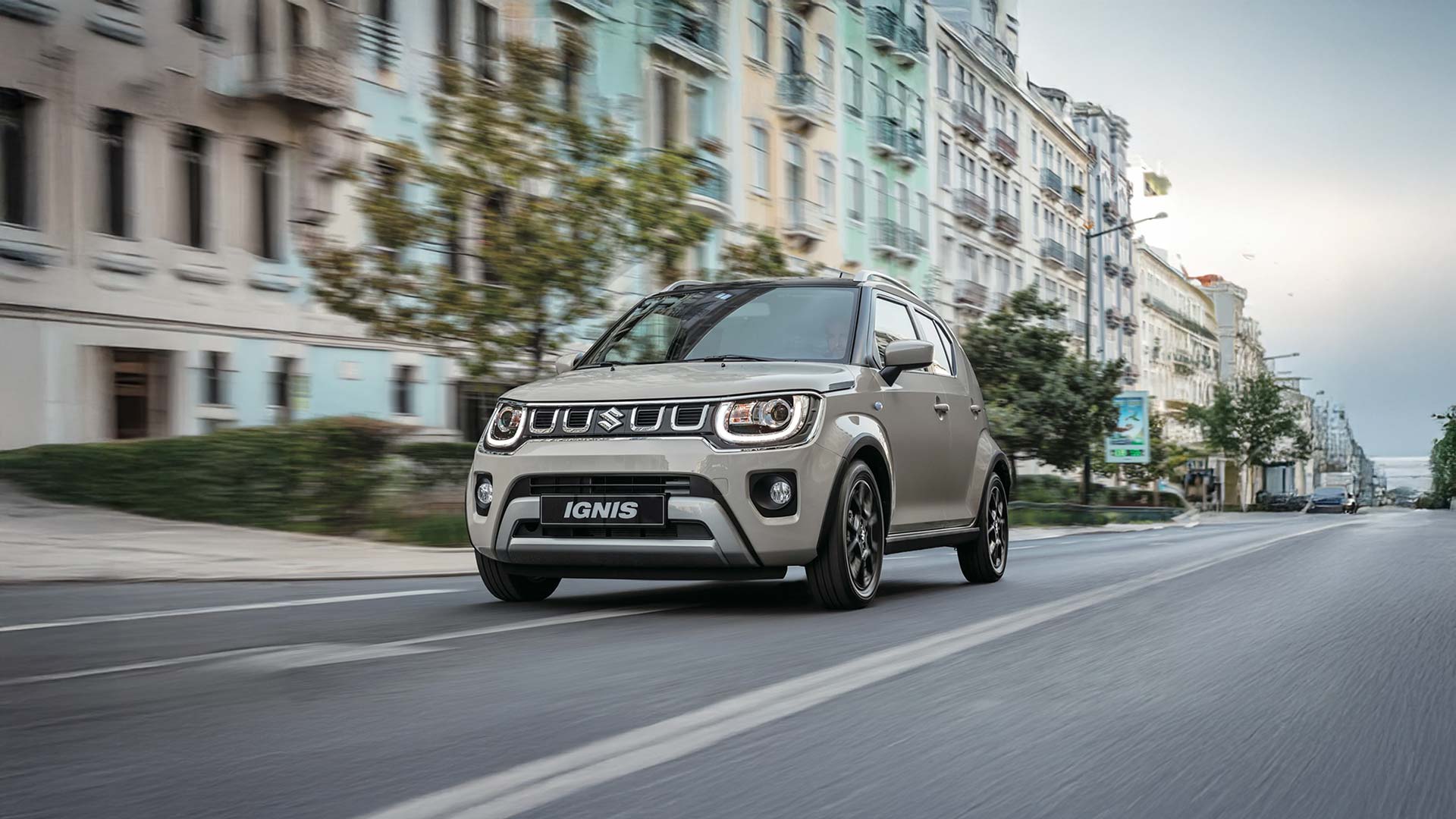Safety ratings and reviews can be incredibly confusing leaving potential buyers wondering if they’re making the right choice. Realistically, we can’t all afford the same car, but you still want to ensure you are getting the safest vehicle possible.
If you pick up a magazine about cars or search a website featuring vehicle reviews, you’ll quickly see that vehicle safety levels and features vary dramatically. If you’re not a car fundi, it’s very easy to get lost in all the abbreviations, trends, and ‘must-haves’.
The best place to start is to ensure your vehicle is equipped with the following:
-
Tried and tested vehicle construction
This refers to the nuts and bolts of the vehicle body, how it is constructed, what materials are used, and whether it has built-in crumple zones that protect occupants in the event of an accident.
Your first line of defence on the road is the actual car. Do your research and find out if your shortlisted choices have a good reputation for vehicle body construction. Suzuki’s Total Effect Control Technology, for example, uses a high-rigidity, low-weight body structure made of high-tensile materials that absorb and disperse energy and improve collision safety. -
Seat belts
Seat belts are possibly the single most important safety feature in any vehicle. Think of it this way: all other safety features are designed to protect an occupant that’s in the seat (not one that is lying on the floor or leaning out of a window). Not only do seat belts keep you in the correct position for additional safety features to do their job, but they also prevent occupants from being flung out of the vehicle / through the windscreen in the event of an accident.
Seat belts are also equipped with a pre-tension system, which locks the seatbelt in place in the event of an accident. It also tightens the belt and picks up any slack to ensure the occupant is held in place. Seat belts also have a force limiting feature, which means the seatbelt can only apply a certain amount of force when tightening around the occupant.
All occupants must wear seatbelts, no matter where they are sitting. -
Anti-lock braking system (ABS)
ABS brakes are a crucial safety system. In a nutshell, they keep the wheels from locking up under severe braking. If, for example, you come around a turn and there is suddenly a vehicle standing still in the road, ABS will allow you to brake and steer away from the vehicle at the same time.
Without ABS your wheels can lock up, which means you won’t be able to steer away from the object in front of you.
Most new vehicles have sophisticated braking systems that also incorporate Electronic Brake Force Distribution (EBD) and Brake Assist (BA). Under heavy braking, Brake Assist will pick up if a driver is braking suddenly in an emergency and will ensure that full brake force is applied. At the same time, EBD will monitor the traction on the wheels and will apply more/less braking power to each wheel as needed to give the driver as much control over the vehicle under heavy braking. -
Well maintained tyres
While tyres may not be a feature, per se, they are so vital to safety that they need to be on the list. Keep in mind that your tyres are the only part of the vehicle in contact with the road. If tyres are worn, not properly inflated, have expired or if different makes of tyre are fitted on the vehicle, they will not be able to do the job they are designed to do, which is to keep you safe and in control of your vehicle.
Make a point to rotate your tyres every 10,000kms and have your tyre pressures checked every time you fill up.
If your vehicle has the above features, and all are in good working order, you have the basic safety features covered. Our advice, however, is to speak to your dealer about additional features ranging from more airbags to advice on installing child seats. All of these features are designed to protect you in different circumstances and, depending on what your vehicle will be used for, you might want to add a few safety features.
The reality in South Africa is that most buyers can’t afford luxury vehicles with long lists of advanced safety features. At Suzuki, we offer various options and work with customers and their budgets to ensure they get the best safety features possible.
The Suzuki blog is jam-packed with helpful articles on all things auto. Sign up here and get our articles sent to your inbox. For more things safety download our Ultimate Guide to road safety and ensure the safety of yourself and your loved ones.



![Demystifying the safety rating – and what that means for SA [Update]](https://blog.suzukiauto.co.za/hubfs/Demystifying%20the%20safety%20rating/Untitled%20design%20(20)-596718-edited.png)